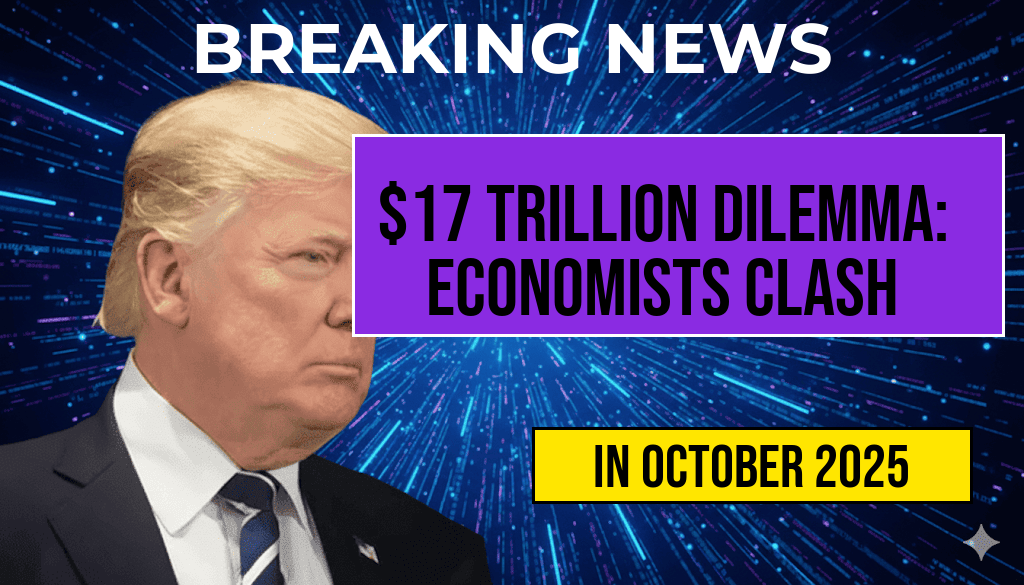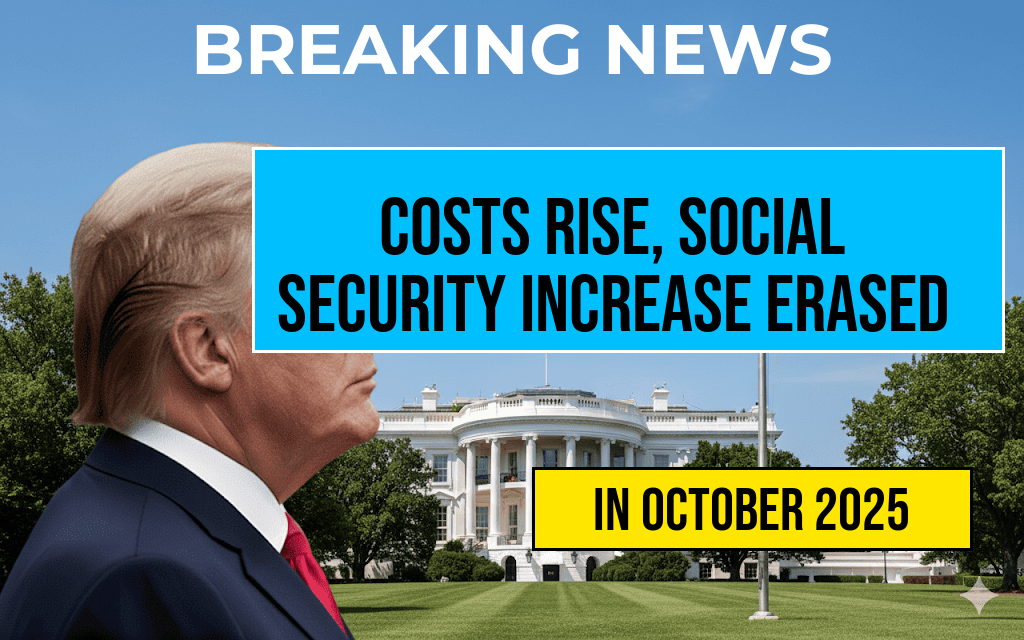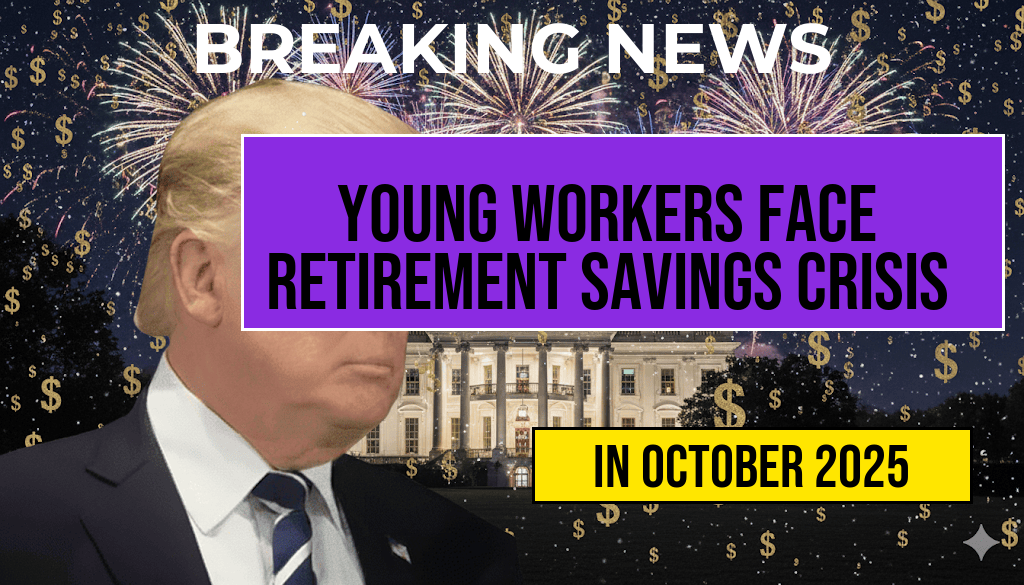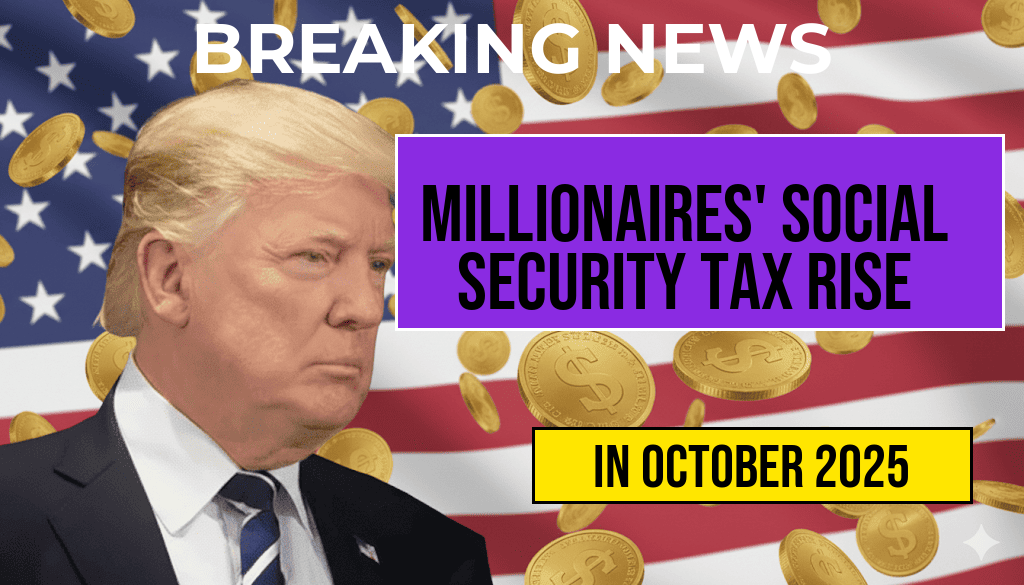The debate over former President Donald Trump’s claimed global investment figures has ignited a fierce clash among economists, policymakers, and financial analysts. Central to the controversy is Trump’s assertion that his administration facilitated approximately $17 trillion in international investments, a figure that critics say is inflated or misrepresented. While proponents argue that the number underscores his administration’s emphasis on aggressive trade deals and foreign investment initiatives, skeptics question its accuracy and methodology. This disagreement has fueled broader discussions about the transparency of economic claims, the impact of political narratives on financial data, and the actual scope of U.S. influence in global markets. As the debate unfolds, stakeholders are scrutinizing the sources, calculations, and implications behind these bold figures, revealing deeper tensions over economic credibility and policy priorities.
Officials and Analysts Diverge Over the $17 Trillion Figure
At the heart of the controversy is a divergent understanding of what constitutes “investment” and how to measure it. Trump’s supporters point to data suggesting that his policies encouraged record levels of foreign direct investment (FDI), portfolio inflows, and international business ventures. They cite reports from industry groups and government agencies that highlight increased cross-border capital flows during his tenure.
However, critics argue that the $17 trillion figure is a summation of various types of investments over multiple years, often conflating different categories such as foreign direct investment, portfolio investments, and government-to-government aid. Economists caution that without a clear definition and consistent methodology, such aggregated numbers risk overstating actual financial commitments or inflows attributable directly to Trump’s policies.
The Methodology Behind the Numbers
| Category | Typical Data Source | Measurement Approach |
|---|---|---|
| Foreign Direct Investment (FDI) | U.S. Bureau of Economic Analysis (BEA) | Asset-based, long-term investments in foreign entities |
| Portfolio Investments | Federal Reserve | Stocks, bonds, and other securities held by foreigners |
| Global Investment Initiatives | Trade and economic development agencies | Government-backed projects, aid, and loans |
| Overall Investment Figures | Combined estimates from multiple sources | Aggregated sum over several years, often including indirect or non-monetary contributions |
Critics emphasize that the $17 trillion figure often aggregates these categories without distinguishing between direct economic influence and broader financial flows, leading to potential overstatement. Meanwhile, supporters maintain that such comprehensive accounting reflects the overall scale of the U.S. economy’s engagement worldwide during Trump’s administration.
Political Implications and Economic Credibility
The controversy extends beyond academic debates, touching on political narratives and the credibility of economic reporting. Trump’s supporters argue that highlighting such a massive investment figure underscores his administration’s success in positioning the U.S. as a dominant global economic player. They see it as evidence of favorable trade policies, deregulation efforts, and strategic negotiations that fostered international confidence.
Conversely, critics warn that inflated figures can distort public understanding of actual economic health and policy effectiveness. They urge a more cautious interpretation, emphasizing the importance of transparent, standardized data collection and reporting practices. The debate also raises questions about how political leaders leverage economic figures to shape voter perceptions and international reputations.
Expert Perspectives
Economists from leading institutions have offered mixed assessments. Dr. Laura Chen, an international economics professor at Harvard, notes, “While increased foreign investment is a positive sign, attributing a specific dollar amount to a presidency’s impact requires careful, nuanced analysis. The figures cited often lack the granularity necessary for definitive conclusions.”
Meanwhile, David Goldstein, a senior analyst at Forbes, points out, “Large numbers like $17 trillion can be persuasive politically but should be backed by clear methodology. Otherwise, they risk misleading the public and policymakers alike.”
Broader Context: Global Investment Trends and U.S. Policy
The debate also occurs against a backdrop of shifting global economic dynamics. International investment flows are influenced by geopolitical tensions, monetary policies, and technological changes, making it difficult to isolate the impact of any single administration. For example, global FDI reached approximately $1.6 trillion in 2022, according to UNCTAD, highlighting the scale of international capital movements.
U.S. policymakers continue to pursue strategies aimed at attracting foreign capital, including tax incentives, trade agreements, and diplomatic engagements. The real challenge lies in accurately measuring the effectiveness of these efforts, especially when figures like Trump’s are used to bolster political narratives.
Expert Recommendations
- Standardize data collection methods to improve comparability across administrations.
- Clarify the definitions of various investment categories in official reports.
- Encourage transparency in reporting the sources and calculations behind large financial figures.
As investigations and analyses continue, the core issue remains: ensuring that economic claims are as accurate and meaningful as possible. The significance of the $17 trillion figure hinges on the transparency and methodology behind it, shaping how the public and policymakers interpret American economic influence on the global stage.
Frequently Asked Questions
What is the core issue behind the $17 trillion global investment numbers mentioned in the article?
The core issue revolves around the accuracy and interpretation of Trump’s controversial global investment numbers, with economists debating whether these figures accurately represent foreign investments or are inflated due to methodological differences.
Why are economists clashing over Trump’s global investment figures?
Economists are clashing because of differing methodologies and data sources used to calculate the $17 trillion figure, leading to contrasting views on the economic implications and policy decisions stemming from these numbers.
How does the controversy impact international economic relations?
The controversy surrounding these investment figures can influence trade negotiations and foreign policy, as countries and investors interpret the data differently, affecting trust and collaboration on global economic issues.
What are the potential implications of overestimating or underestimating the investment figures?
Overestimating or underestimating the global investment numbers can lead to misguided policy decisions, impact market confidence, and distort perceptions of economic strength or vulnerability.
What steps are economists taking to resolve the discrepancies in these investment figures?
Economists are engaging in debates, data analysis, and collaborations to improve measurement techniques, aiming for more accurate and transparent accounting of global investments to better inform policy and public understanding.






